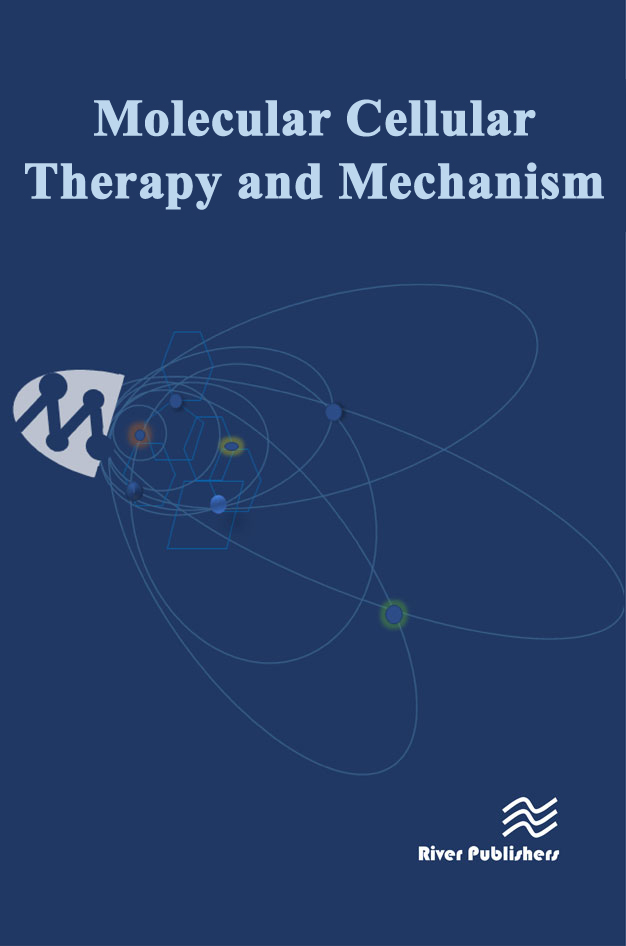Gene therapy for cancer: present status and future perspective
DOI:
https://doi.org/10.13052/2052-8426-2-27Keywords:
Adenoviruses, Clinical trials, Electroporation, Gene silencing, Gene transfer technique, Immunomodulation, Molecular targeted therapy, Oncolytic viruses, Retroviruses, Suicide transgenesAbstract
Advancements in human genomics over the last two decades have shown that cancer is mediated by somatic
aberration in the host genome. This discovery has incited enthusiasm among cancer researchers; many now use
therapeutic approaches in genetic manipulation to improve cancer regression and find a potential cure for the
disease. Such gene therapy includes transferring genetic material into a host cell through viral (or bacterial) and
non-viral vectors, immunomodulation of tumor cells or the host immune system, and manipulation of the tumor
microenvironment, to reduce tumor vasculature or to increase tumor antigenicity for better recognition by the
host immune system. Overall, modest success has been achieved with relatively minimal side effects. Previous
approaches to cancer treatment, such as retrovirus integration into the host genome with the risk of mutagenesis
and second malignancies, immunogenicity against the virus and/or tumor, and resistance to treatment with disease
relapse, have markedly decreased with the new generation of viral and non-viral vectors. Several tumor-specific
antibodies and genetically modified immune cells and vaccines have been developed, yet few are presently
commercially available, while many others are still ongoing in clinical trials. It is anticipated that gene therapy will
play an important role in future cancer therapy as part of a multimodality treatment, in combination with, or
following other forms of cancer therapy, such as surgery, radiation and chemotherapy. The type and mode of gene
therapy will be determined based on an individual’s genomic constituents, as well as his or her tumor specifics,
genetics, and host immune status, to design a multimodality treatment that is unique to each individual’s specific
needs.


